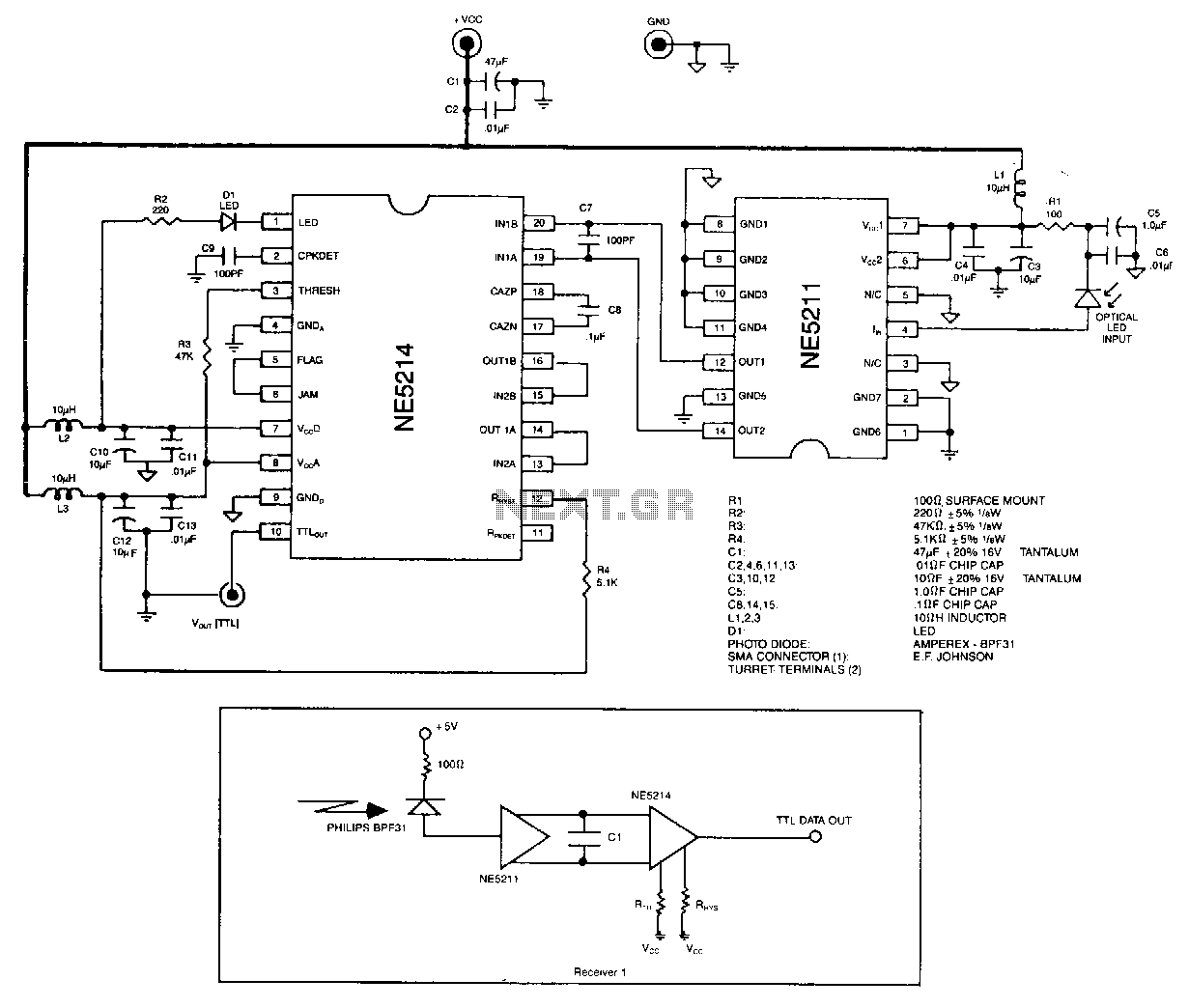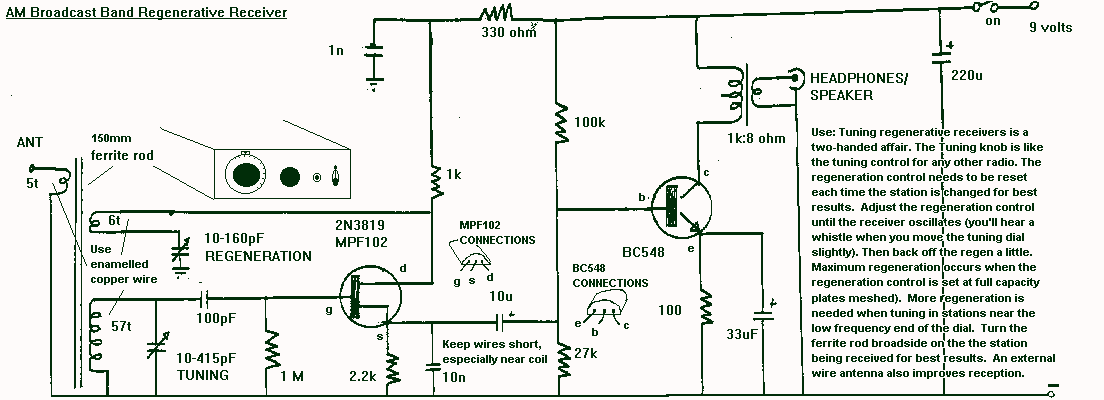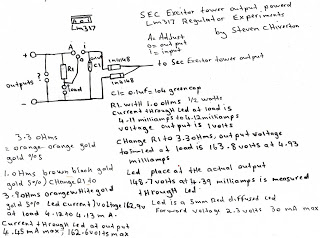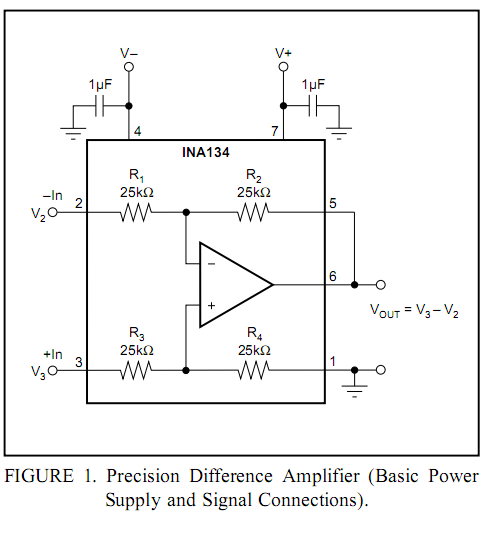
air craft receiver
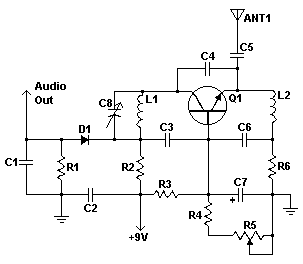
Communications between commercial aircraft and the ground can be intriguing, entertaining, and occasionally unsettling. However, radios that can receive the frequency range of approximately 220 MHz to 400 MHz, commonly utilized for both military and commercial aircraft, are not readily available. Additionally, scanners can be complex, bulky, and costly. With a simple circuit like this one, anyone can enjoy listening to these conversations.
This circuit design focuses on creating a straightforward and accessible receiver capable of tuning into the 220 MHz to 400 MHz frequency band used for aircraft communications. The schematic typically includes a few essential components: an antenna, a radio frequency (RF) amplifier, a mixer, and a demodulator.
The antenna, which is crucial for capturing the RF signals, should be designed to operate efficiently within the specified frequency range. A dipole antenna or a quarter-wave monopole antenna can be effective choices, depending on the desired portability and ease of construction.
The RF amplifier is responsible for boosting the weak signals received by the antenna. A low-noise amplifier (LNA) is often used to enhance the signal strength without significantly adding noise, ensuring that the subsequent stages of the circuit receive a clear signal.
Next, the mixer combines the amplified RF signal with a local oscillator signal to convert the frequency of the incoming signal to a lower intermediate frequency (IF). This process allows for easier filtering and demodulation. The choice of the local oscillator frequency is critical, as it determines the tuning capabilities of the receiver.
The demodulator then extracts the audio information from the IF signal. A simple envelope detector can be employed for amplitude modulation (AM) signals, which are commonly used in aircraft communications. If frequency modulation (FM) is utilized, a dedicated FM demodulator circuit may be necessary.
Finally, the output can be connected to a speaker or headphones, allowing users to listen to the communications. Additional components such as variable resistors can be included in the circuit to adjust the volume and improve user experience.
In conclusion, this circuit provides an accessible means for enthusiasts to engage with aircraft communications, making it a valuable project for hobbyists interested in radio technology. Proper construction and tuning of the circuit will ensure optimal performance and enjoyment.The communications between commercial aircraft and the ground can be interesting, amusing and sometimes even disturbing. However radios that receive the approximately 220MHz to 400MHz band commonly used for aircraft (both military and commercial) are not easily found.
And scanners can be complicated, large and expensive. With an easy to build circ uit such as this one, everyone can enjoy listening in on these conversations. 🔗 External reference
This circuit design focuses on creating a straightforward and accessible receiver capable of tuning into the 220 MHz to 400 MHz frequency band used for aircraft communications. The schematic typically includes a few essential components: an antenna, a radio frequency (RF) amplifier, a mixer, and a demodulator.
The antenna, which is crucial for capturing the RF signals, should be designed to operate efficiently within the specified frequency range. A dipole antenna or a quarter-wave monopole antenna can be effective choices, depending on the desired portability and ease of construction.
The RF amplifier is responsible for boosting the weak signals received by the antenna. A low-noise amplifier (LNA) is often used to enhance the signal strength without significantly adding noise, ensuring that the subsequent stages of the circuit receive a clear signal.
Next, the mixer combines the amplified RF signal with a local oscillator signal to convert the frequency of the incoming signal to a lower intermediate frequency (IF). This process allows for easier filtering and demodulation. The choice of the local oscillator frequency is critical, as it determines the tuning capabilities of the receiver.
The demodulator then extracts the audio information from the IF signal. A simple envelope detector can be employed for amplitude modulation (AM) signals, which are commonly used in aircraft communications. If frequency modulation (FM) is utilized, a dedicated FM demodulator circuit may be necessary.
Finally, the output can be connected to a speaker or headphones, allowing users to listen to the communications. Additional components such as variable resistors can be included in the circuit to adjust the volume and improve user experience.
In conclusion, this circuit provides an accessible means for enthusiasts to engage with aircraft communications, making it a valuable project for hobbyists interested in radio technology. Proper construction and tuning of the circuit will ensure optimal performance and enjoyment.The communications between commercial aircraft and the ground can be interesting, amusing and sometimes even disturbing. However radios that receive the approximately 220MHz to 400MHz band commonly used for aircraft (both military and commercial) are not easily found.
And scanners can be complicated, large and expensive. With an easy to build circ uit such as this one, everyone can enjoy listening in on these conversations. 🔗 External reference

